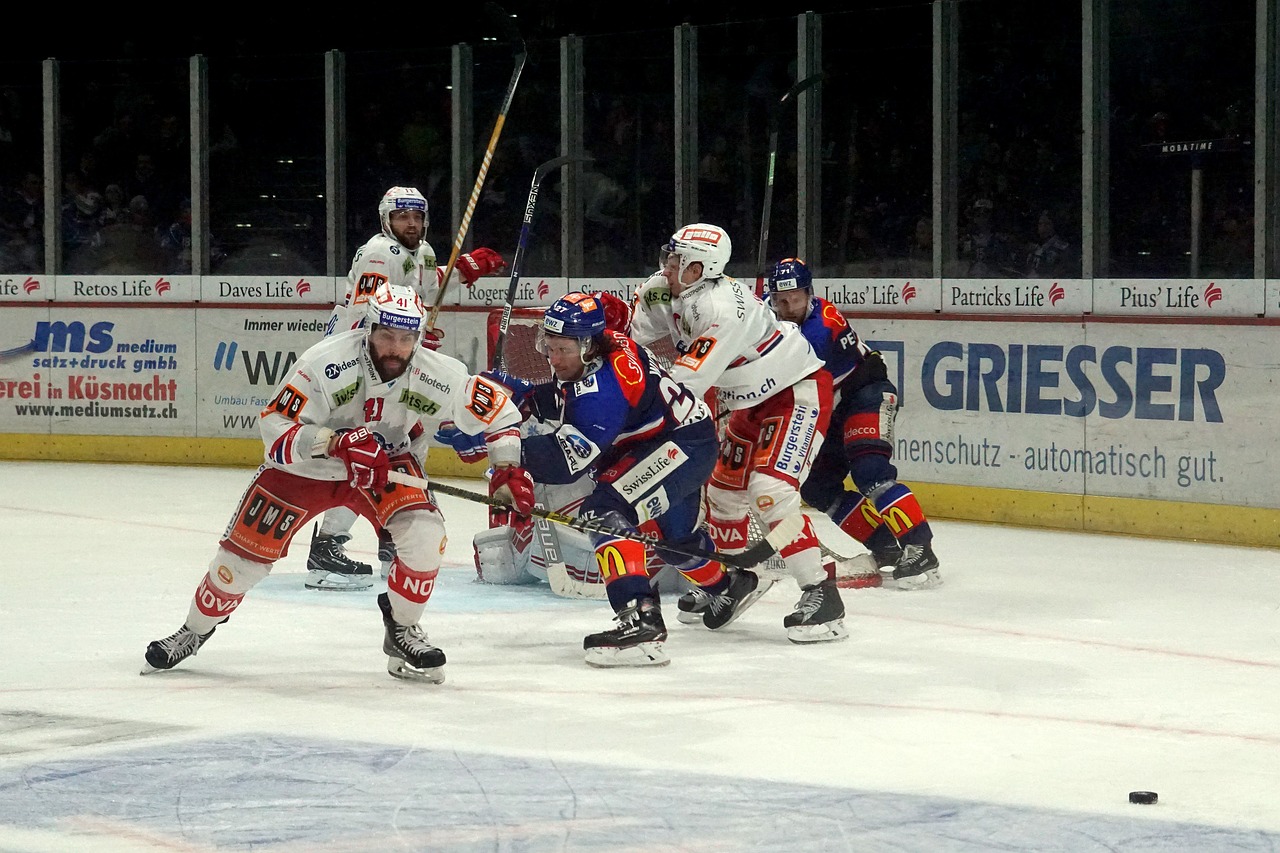
As one of the most storied programs in international hockey, Team Canada has consistently set the bar high in the World Ice Hockey Championship. Heading into the 2024 tournament, the Canadian team is again under the spotlight. Their strategy has evolved significantly over the years, and fans can’t wait to see what they have in store for us this time.
Let’s dive straight into it and look at the evolution of Team Canada’s strategy for the 2024 World Ice Hockey Championship.
Embracing Youth and Speed
One of the most noticeable shifts in Team Canada’s strategy for 2024 is its emphasis on youth and speed. Hockey has become a faster game, with a premium on quick transitions and high-tempo play. Recognising this, the Canadian management has focused on bringing in younger players who can skate at an elite level. These players are fast and skilled, capable of executing plays at high speeds.
The inclusion of NHL players in their early 20s reflects this strategy. These athletes bring youthful energy and professional experience, making them formidable internationally. The coaching staff has tailored their training camps to maximise these young stars’ agility and quick decision-making skills, ensuring they can keep up with the fast-paced nature of modern hockey.
Tactical Adaptability
Hockey has recently shifted towards more versatile and adaptable playing styles. Team Canada has recognised the importance of this trend and has incorporated a high degree of tactical flexibility into their game plans for the 2024 championship. This means that the team is prepared to adjust their strategies on the fly, responding to the evolving dynamics of each game.
The coaching staff has meticulously developed systems allowing players to switch between aggressive forechecking and a more conservative, defensive posture. This adaptability is crucial in a tournament setting where teams encounter a variety of playing styles from different countries.
Leveraging Experience and Leadership
While youth and speed are critical components of the 2024 strategy, the value of experience and leadership cannot be overstated. Team Canada has struck a balance by including seasoned veterans who bring a wealth of knowledge and a calming presence to the locker room. These players have been through the pressures of international tournaments and know what it takes to win at the highest level.
If they are part of the roster, veteran players such as Sidney Crosby and Patrice Bergeron offer more than just their skill on the ice. Their leadership qualities and ability to mentor younger teammates are pivotal in maintaining team cohesion and focus. That’s why if you check today’s ice hockey odds, these players have some of the most favourable odds in the business.
This blend of youth and experience ensures that the team has both the physical tools and the mental fortitude required to navigate the challenges of the World Ice Hockey Championship.
Advanced Analytics and Technology
Integrating advanced analytics and technology has revolutionised how teams prepare for games, and Team Canada is no exception. The coaching staff has utilised cutting-edge analytics to gain deeper insights into player performance, opponent tendencies, and overall team dynamics. This data-driven approach allows for more precise game planning and in-game adjustments.
Video analysis tools have become a staple in their preparation, enabling coaches to break down plays frame by frame and provide players with detailed feedback.
Wearable technology also tracks player biometrics, ensuring athletes are in peak physical condition and can manage their workloads effectively throughout the tournament. By embracing these technological advancements, Team Canada aims to leave no stone unturned in their quest for victory.
Focus on Special Teams
Special teams play—power play and penalty kill—can often be the difference between winning and losing in tightly contested international games. Recognising this, Team Canada has placed significant emphasis on improving its special teams performance. The coaching staff has devised specific drills and scenarios to enhance the effectiveness of both its power play and penalty kill units.
Players have been selected for their five-on-five capabilities and their prowess in special teams situations. The power play units are designed to be highly dynamic, with players capable of quick puck movement and precise shooting.
Conversely, the penalty kill units are trained to aggressively press the puck while maintaining disciplined positioning to prevent scoring opportunities.
Conclusion
So, are you excited to see Team Canada’s new strategy heading into the World Ice Hockey Championship? We know we are. This year, all the stops have been pulled out to give Team Canada the best possible chances of being victorious and going off their track record, but this may be the case in the end.
Only time will tell what’s in store for Team Canada in this Championship, but it will be interesting to find out.